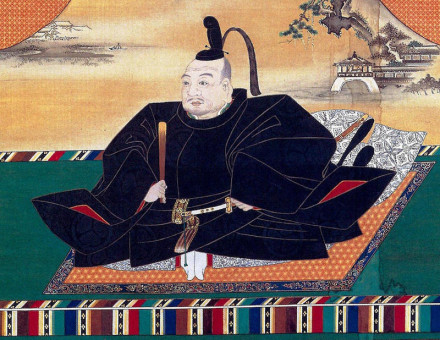Yoshitsune and the Triumph of Misfortune
Ivan Morris describes how the idea of heroic failure has always exerted a strong hold on the Japanese imagination.
Minamoto no yoshitsune, who after a series of brilliant military victories spent his last years as a fugitive implacably hounded by his elder brother, until he was forced to commit hara-kiri at the age of thirty, is the perfect exemplar of heroic failure and, if he had not actually existed, the Japanese might have been obliged to invent him.
Indeed, much of our knowledge about this spectacular young man is invention, a rich fabric of tales and legends woven during the course of the centuries to embellish the sparse historical facts of his career and to create Japan’s quintessential hero.
Yoshitsune’s historical fame is due mainly to his military achievements; but the real reason for his lasting popularity as a hero is that his brief career was shaped in a dramatic parabola of the type that appeals to the Japanese imagination: after suddenly soaring to success, he was undone at the very height of his glory and plummeted to total disaster, a victim of his own sincerity, outwitted by men more worldly and politic than himself, and betrayed by those whom he had trusted.





